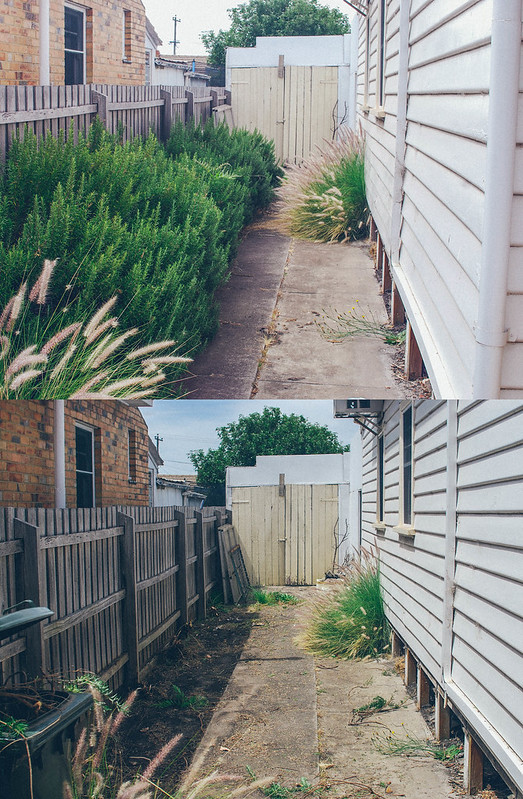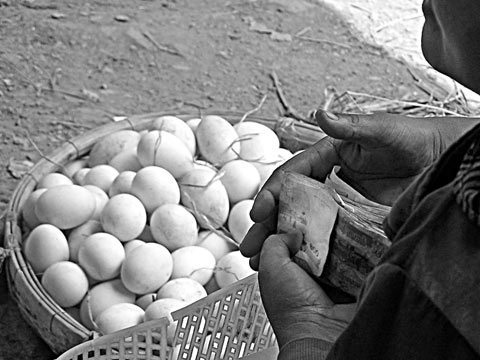The Flickr Curve.
Something I discovered pretty early on in managing social media is that the lifecycle of most social media channels follow the Flickr curve. There is the same shape to search volume on Google over time: 3 years of growth followed by slow decline.
Even successful ones, like Facebook
They do so for different reasons. Flickr boomed and died, Facebook boomed and then moved into an app. Nobody is googling for the Facebook login page any more because they’re always already logged in on their phone (and every other device). With the benefit of hindsight, search behaviour for any social network looks cyclical. At the time, you have no idea where on the curve any social network is.
There’s weirdo outliers like tumblr. You should buy tumblr and work out why.
Blogging has followed a similar trend with an imaginary golden age from 2004 to 2007 followed by a slow decline.
Visits from Google once mattered for blogs and now it’s much harder to reach those people who no longer search for blogging as a genre. The search engine has recently announced that it prefers to show restaurant reviews from “reputable publishers” rather than from smaller fry which is as good as a death knell for small review blogs.
Blogging (and especially food and travel blogging) has returned to the state where it is as unpopular as it once was when I started a decade ago for three reasons and it’s both amazing and kind of shit.
Tone-deaf
As the mainstream food and travel media has collapsed in on itself, the mainstream blogging that has replaced it is as tone-deaf as before. Half the fun of my early days of blogging in Cambodia was taking the piss out of travel journalists parachuting in for the weekend, who filed the same food story about spiders and then retreated to cooler climes. Now journalists can no longer afford a parachute and land on the ground in a fine pink mist, the food and travel bloggers that have filled the airspace are more amoral than simply misunderstanding the cultures they cover.
Whether it’s video-blogging on behalf of the North Korean government or the Thai military junta, we’re left with as Vanity Fair’s Richard Lawson puts it
…content creators so determined to deliver an upbeat, brand-friendly message that the uncomfortable truths of the world—personal and political—go mind-bogglingly, witlessly ignored.
This is where we were a decade ago.
Nobody is going to make any money
In the medium- to long term, there’s only three ways to make decent money out of writing your own blog posts without using it to bring in links to some other business.
These are:
- Gather a team with an obsessive focus on a single vertical (e.g. Skift, Digiday, Food52, Lucky Peach) and build something that looks literally nothing like personal blogging.
- Con other bloggers to work for you for free (e.g. Huffington Post, Medium, tumblr).
- Con other bloggers into believing that they too can make money with their blogs and then sell them ebooks/courses/nomadic lifestyle.
If you get in now and aren’t prepared to do any of those things, it’s for the love of the game and not to make any form of remuneration. Around ten years ago there was no real expectation that any money could be made from it until people started posting $100,000 cheques from Google, and then expectations began to change. There’s a chance that blogging will never again be profitable which leaves the field open to the committed amateur.
The end of the blog influencer market
Even though I’m a firm believer that influencer marketing does next to nothing for most food and travel businesses, the last five years has seen a change in the way that businesses measure the initial value of influencers. Now, businesses look at their social media following first and not their written work on their own sites which ends the market for blog influence.
If you’re the sort of person who wants to be Instagram-famous and wallow in the spoils that come with that fame then you’re no longer likely to be evaluated by your blog, because you don’t have one. This has the positive effect on blogging in that it keeps image-obsessed wankers away from writing more witless listicles and instead focussed on which VSCO filter to use. It’s like watching the shallow end of the pool recede in favour of the depths.
Early on, bloggers never expected to be influential because there was a fair expectation that nobody would read your blog. Most of the time, nobody did. Now they’re no longer seen as influential because businesses have picked a different arbitrary and pointless metric to value online work.
The conditions of the early-2000s are back. Nobody looks for blogs actively. There’s a mounting ressentiment with the state of food and travel media. There is zero chance that bloggers will earn any money or wield any degree of influence.
I used to tell people that the best time to start a blog was ten years ago when the conditions were identical. I’m beginning to think the best time to start is now.

